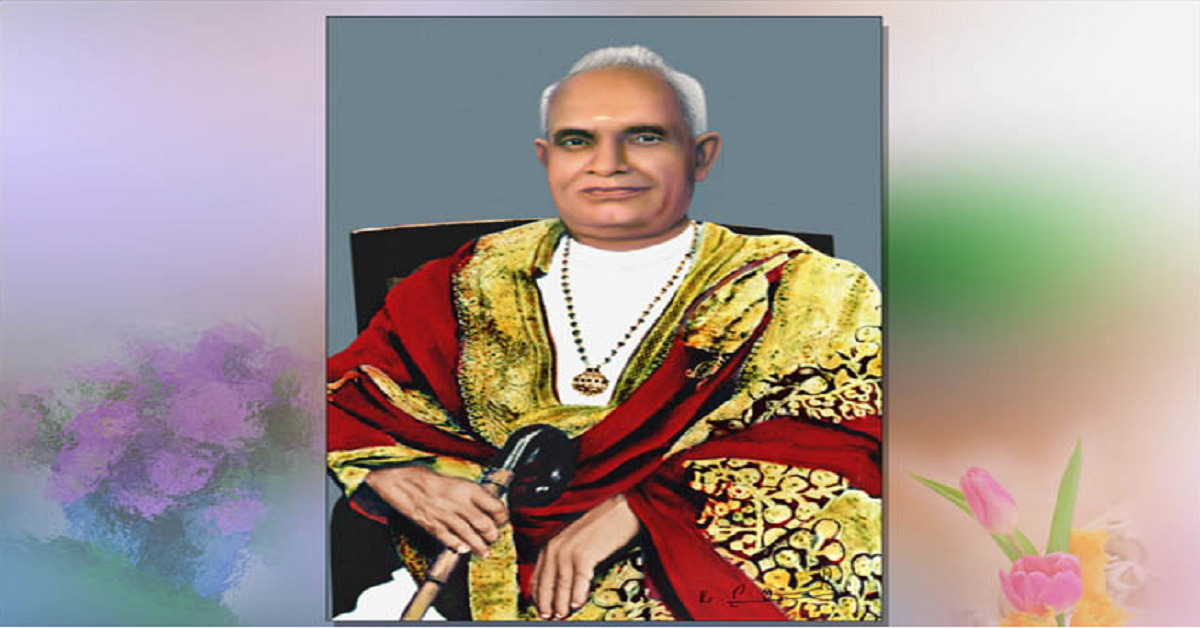
History of Nair Service Society and Nairs Community of Kerala
The Nair Service Society, a synonym for selfless service and social commitment was founded by the late Sri.Mannathu Padmanabhan on 31 – 10 – 1914. It came into being at a crucial stage in the history of the Nair community which was facing a crisis brought about by disunity and blind adherence to outmoded customs, beliefs and practices. They had a glorious past .but ignorance, accumulated over centuries, reinforced by inadequate education, proved disastrous for the community.
Their predilection for celebrations and penchant for ceremonial occasions fuelled by a strong affinity towards profligacy and extravaganza, contributed to their decline and downfall. Gradual loss of land holdings, underemployment and unemployment due to lack of modern education completed the process of disintegration.
Nair is the name of a Hindu Kshatriya caste in the southern Indian state of Kerala. Nairs are an integral part of Kerala’s culture and have a long history. The Nair caste was a martial nobility, similar to the Samurai of Japan and figure prominently in Kerala History.Origins and history. Ancient South Indian history as well as eminent historians, and foreign travelers refer to the Nairs as a martial nobility, similar to the Samurais of Japan.
The origin of the Nair caste is uncertain. Some anthropologists are of the view that the Nairs are not indigenous to Kerala, as many customs and traditions distinguished them from other Keralites. Some examples are their own form of inheritance (Marumakkathaayam), warfare (Kalaripayattu), gods and goddesses (Nagas or serpents, and Bhadhrakali), and numerous sub-castes and surnames. There is also a belief that the Nairs are Nagas.
Velu Pillai, in the ‘Travancore State Manual’, explains how the Namboodiris( indigenous Brahmins of Kerala) were met by the martial Dravidian Nagas who had migrated like them, from the North. The Keralolpathi, which is a compilation of myths, mentions that Varuna had gifted land in Kerala to Nagas and the Nairs descended from these Naga ladies and the Namboodiri Brahmin men. The affinity of the Nair community to Serpents and Serpent worship is indisputable and might have given rise to their reputed Naga origin. Naga worship might have also given rise to the mythical version of Nairs being Kshatriyas belonging to the Serpent dynasty (Nagavansham) who removed their sacred thread and migrated south to escape the wrath of a vengeful Parasurama.
According to Chatampi Swamigal who interpreted old Tamil texts, the Nairs were Naka (Naga or Snake) Lords who ruled as feudal lords in the Chera kingdom. A Nair Lady, by Ravi VarmaOne finds mention of the Nairs during the reign of the King Rama Varma Kulashekhara (1020-1102) of the second Chera dynasty, when the Chera Kingdom was attacked by the Cholas. The Nairs fought by forming suicide squads (Chavers) against the invading force. It is not clear whether the Cheras themselves were Nairs, or if the Cheras employed the Nairs as a warrior class. All the Kings of Kerala boasted of how many Nairs were there in their army.The Nairs gradually lost their supremacy over the land after the collapse of the second Chera kingdom. The Namboothiris became more powerful.
However Nairs continued to be the feudal lords (and less commonly royalty, as in Palakkad and Kozhikode) and land owners right up to the British times. They dominated the civil, administrative and military elite of the Pre-British era of Kerala.
The Nair community currently numbers around 6 million people globally.
The word Nayar is either derived from the Sanskrit word Nayaka (leader) or Naga (snakes, which the Nairs worshipped). Nair is also seen in other parts of the world – although no direct linkages with Nairs in Kerala have been established.
Typical last names- Nair surnames are carried through matrilineality.
The surname Nair/Nayar is commonly used by all sub-castes belonging to Nair caste.
However, there are specific surnames for Nairs belonging to each class (Varnas) of the society.
• Eradi
• Kaimal
• Kurup
• Mannadiar
• Menon
• Nayanar
• Panicker
• Pillai
• Thampan
• Nedungadi
• Vazhunnor
• Nambiar
• Varma
• Unnithan
• Valiathan
• Karnavar
• Thampi
• Menokki
• Achan
• Asan
• Kartha
• Kitavu
• Pallee
• Ilayidam
• Padanayar

Post Your Comments